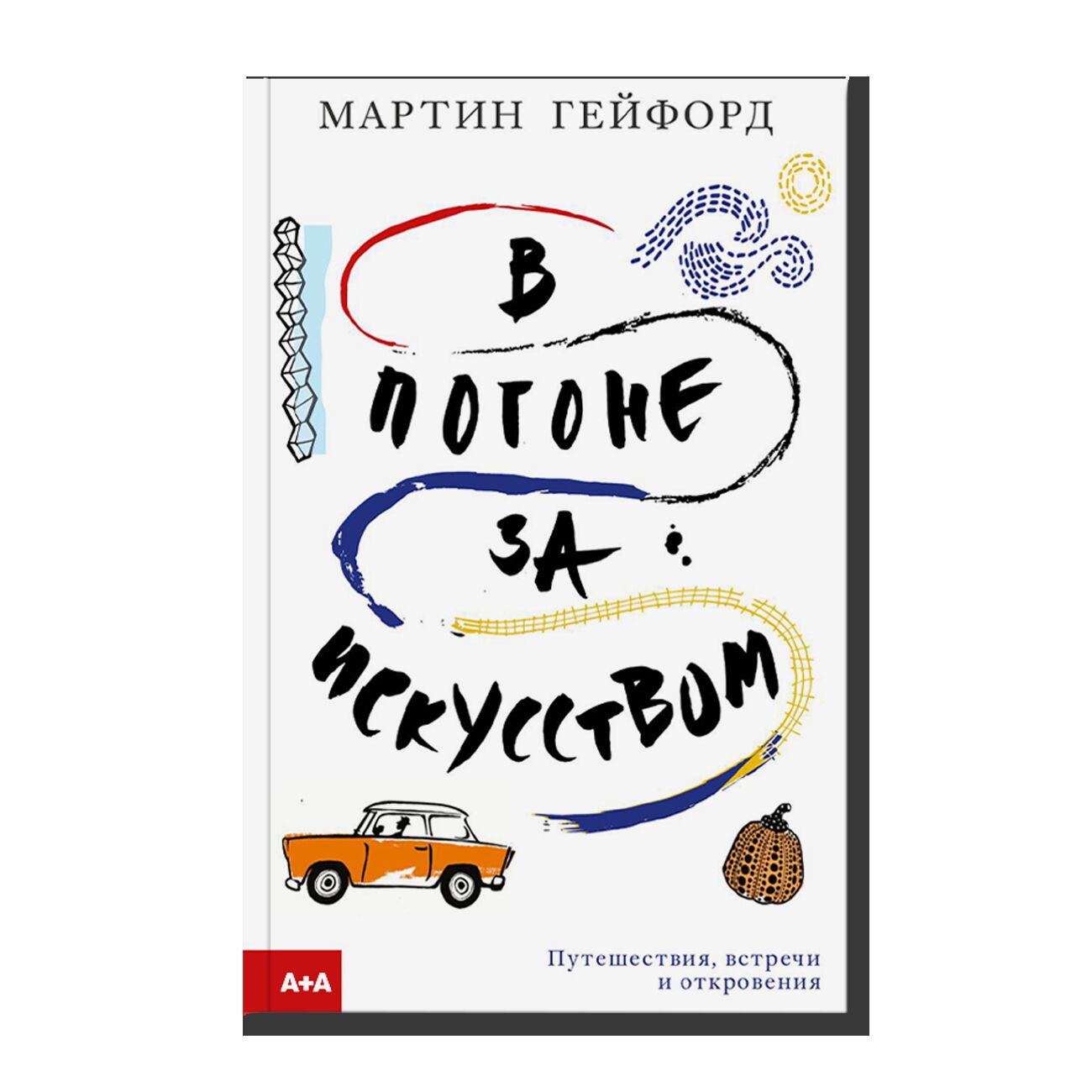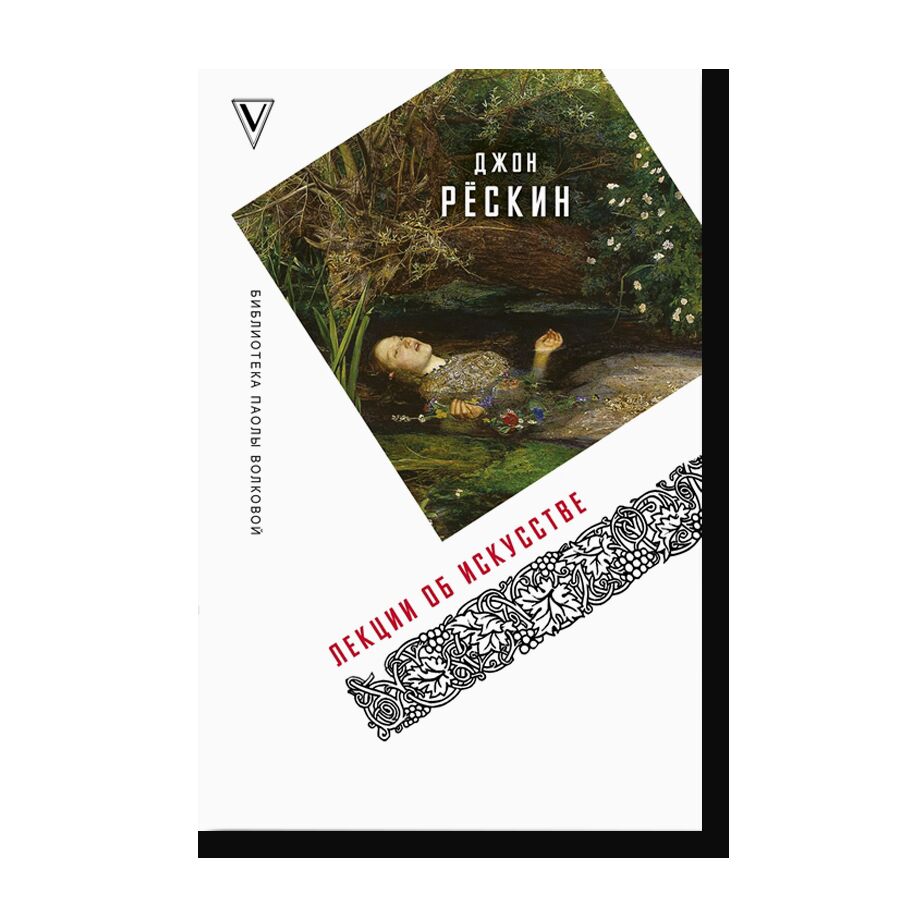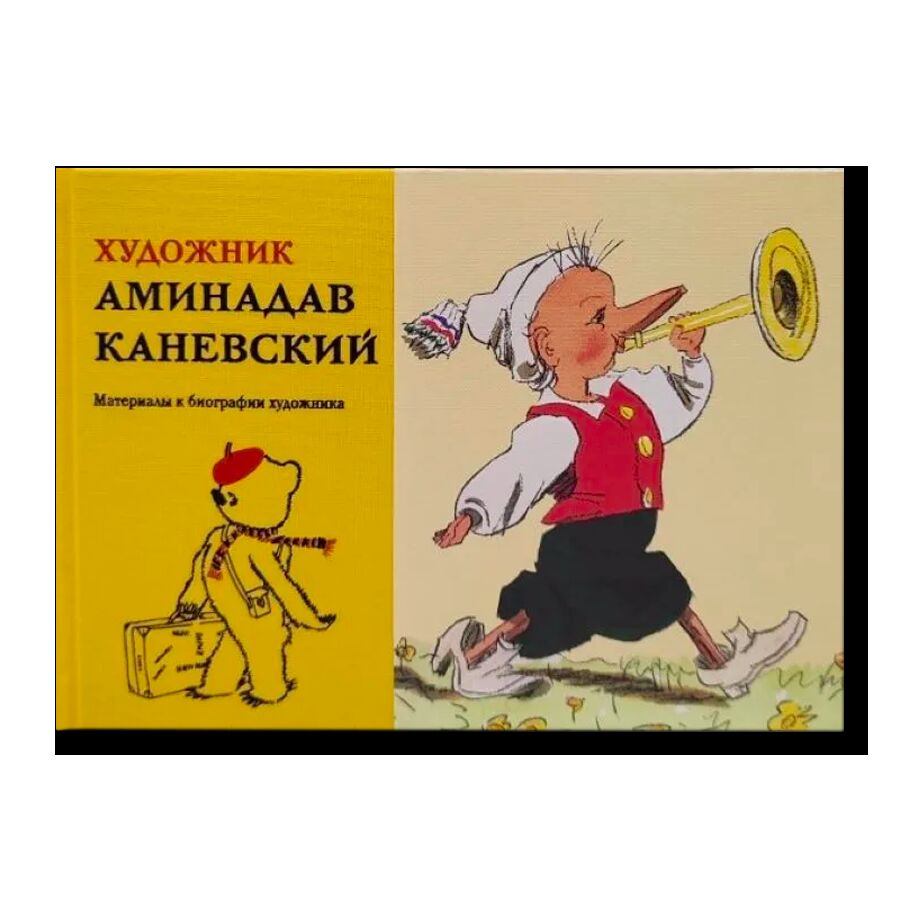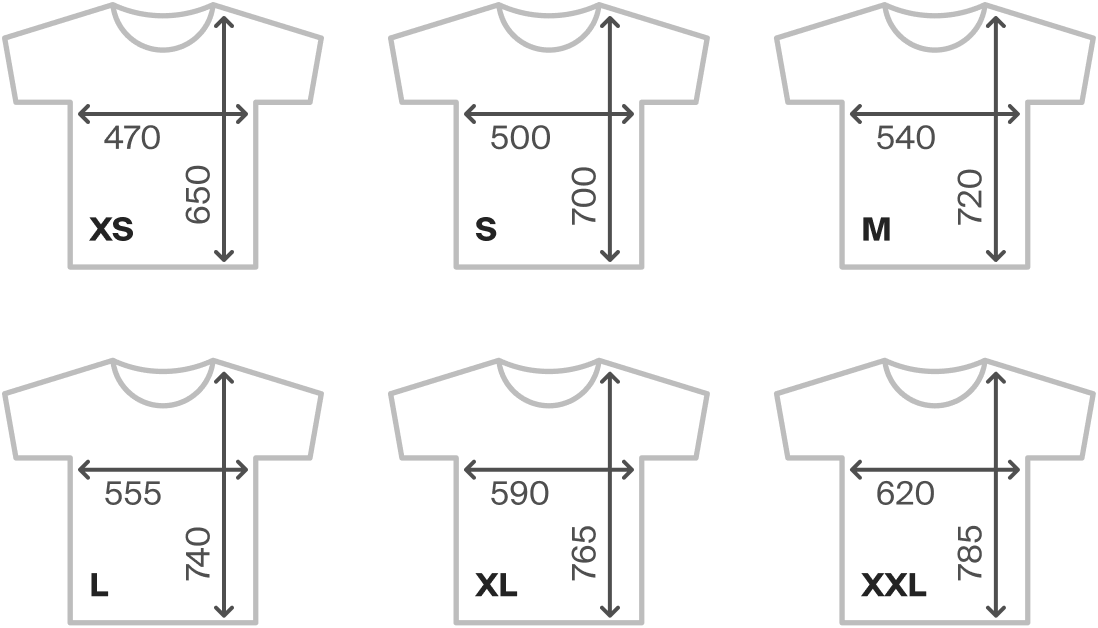High Art Lite: British Art in the 1990s
- Year: 2015
- Language: Russian
- Publisher: Ad Marginem
- ISBN: 9785911032609
- Page: 464
- Cover: paperback
- About the Book
In his book, Julian Stallabrass explores the British art phenomenon of the late 20th century—the young British artists (YBAs), alternatively known as the new British art, represented by Damien Hirst, Tracey Emin, Jake and Dinos Chapman, and Sarah Lucas, among others.
Garage Museum of Contemporary Art and Ad Marginem Press are launching a new addition to their joint publishing program: a Russian translation of High Art Lite: British Art in the 1990s by Julian Stallabrass.
The book was first published in 1999 and republished again in an expanded form in 2006. (It is this latter revised and expanded edition that was translated into Russian.)
Julian Stallabrass has come up with his own name for the movement, calling it “high art lite,” “a fast food version of the less digestible art that preceded it.” He believes that the key to the movement’s success lay in the YBAs’ readiness to trivialize the originally serious ideas that occupied the minds of their predecessors.
Providing a critique of the forces behind the new art and its relations with the audience and the media, Stallabrass discusses its inner contradictions and their possible repercussions in the future. Being very clear about his own opinion of the YBAs, he points out that some of the more interesting, clever and politically potent art does not get the media attention enjoyed by the movement.
The representatives of “high art lite” have no common program, manifesto or statement, nor do they work in a similar style. However, they are united by their willingness to produce art for the international art market, the way they closely work with the media, and their mass culture influences.
Their works are spectacular, accessible, easy to digest, and are destined for audiences that are unfamiliar with art and unwilling to spend much time analyzing it. With time, their hypocritical stance became too obvious: they have become popular with the media, the establishment, and finally with collectors, but pleasing all of them at the same time is not an easy task. “This split in attention,” Stallabrass concludes, “led to a wide public being successfully courted but not seriously addressed.”
Apart from an analysis of particular artists, Stallabrass offers a broader overview of the social and political contexts in which the movement emerged. Touching on the role the recession and commercial galleries have played in the YBAs’ ascension to fame, Stallabrass announces the end of this definitive contemporary art movement in the final chapter, which was added to the original text in 2006.





